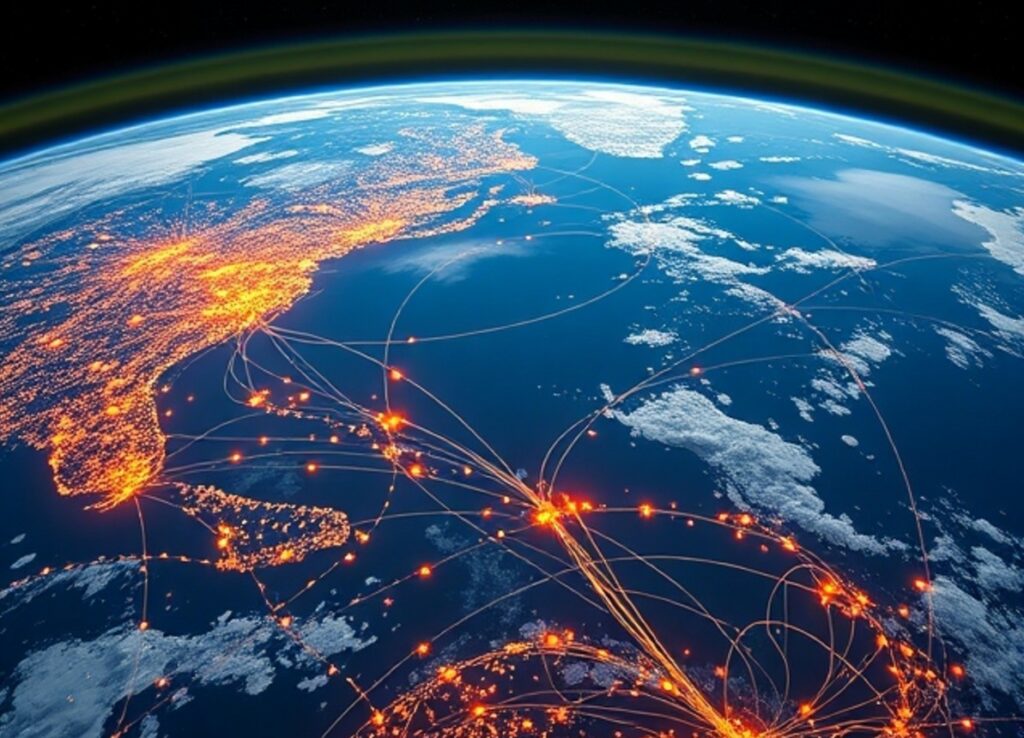
A magnitude 8.8 earthquake struck on the morning of July 30 local time (09:24:50 UTC+10:00) off the east coast of Russia, triggering a tsunami that crossed the Pacific Ocean. According to the U.S. Geological Survey (USGS), the earthquake was one of the six most powerful since 1900. Its epicenter was in the Sea of Okhotsk, and it ranks sixth on the list of strongest earthquakes.
Following the tremors, Pacific countries began issuing tsunami warnings. In the United States, the National Weather Service advised residents along the entire West Coast to be on high alert. In Japan, authorities have ordered the immediate evacuation of residents of low-lying coastal areas.
According to the BBC, waves up to 30 cm high have been recorded in Japan. However, at the time of publication, no damage or disruptions to digital infrastructure, including telecommunications, cloud platforms, and microchip factories, have been reported.
Rostelecom’s Petropavlovsk-Kamchatsky-Anadyr undersea cable, which runs near the epicenter, is potentially vulnerable, but the operator has not yet released any information about possible failures. Major cloud platforms, such as AWS, Azure, and Google, have also not suffered any disruptions. According to status pages, their data centers in Japan and other regions are operating normally.
In light of the events, users recalled the devastating 2011 tsunami that damaged the Fukushima nuclear power plant. The plant’s operator, TEPCO, announced that it had evacuated its staff and temporarily suspended the discharge of unused treated water.
South of the epicenter, there are numerous undersea cables, and if the wave front intensifies, their operation could be disrupted.
Follow us on Google News to receive daily updates on cybersecurity. Contact us if you would like to report news, insights or content for publication.
